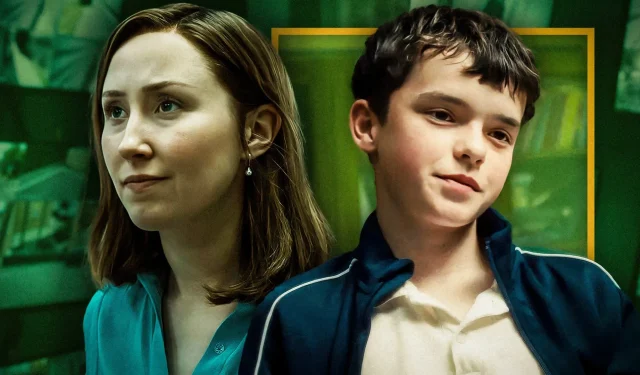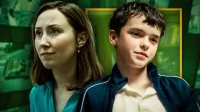Note: Contains spoilers for Adolescence.
Since its release on Netflix in March, Adolescence has captivated viewers globally, evolving into a significant cultural talking point. This series presents the compelling story of Jamie, a 13-year-old boy implicated in the murder of his classmate, Katie. The narrative unfolds through meticulously crafted one-shot sequences, immersing the audience deeply in Jamie’s reality. A key theme is the exploration of masculinity and the influence of online communities, particularly concerning the impact of “men’s rights activists”on adolescent boys. These elements have ignited valuable conversations about how the internet shapes young minds today.
Given the series’ focus on masculinity, many viewers have drawn connections between Jamie’s actions and his engagement with online incel groups. Dr. Marcus Maloney, Assistant Professor of Sociology at Coventry University, argues that this interpretation is overly simplistic. His extensive research on the influence of figures like Andrew Tate — known for his controversial views and criminal charges — has provided him with a nuanced perspective on these issues.
In a recent interview with ScreenRant, Dr. Maloney elaborated on the deeper societal dynamics at play in narratives like Adolescence. He shared insights on various interpretations of the series and addressed critiques regarding Katie’s characterization and whether this could lead to a second season.
Beyond Online Radicalization: A Complex Narrative
A “Profound Misinterpretation” of Online Influences
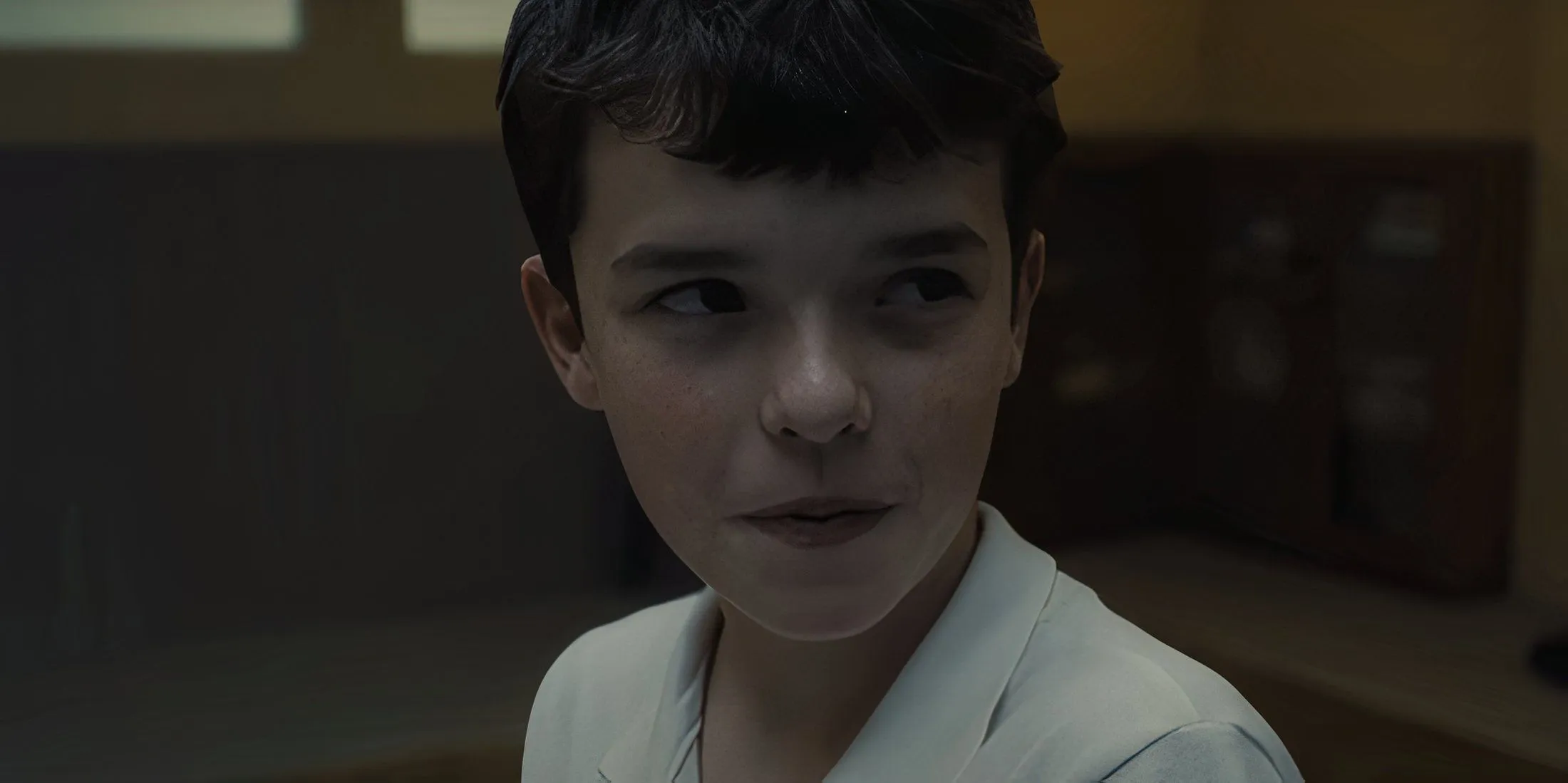
Although many people quickly attribute extreme actions and beliefs to the role of the internet, Dr. Maloney emphasizes the broader context surrounding Jamie’s story. He remarked, “It’s frustrating to see the series reduced to merely a narrative about a boy radicalized online.” His analysis suggests that the series aims to provide a more comprehensive commentary on societal and familial dynamics that shape young lives today.
Maloney noted that while some viewers may presume Jamie is simply a product of online influences, the narrative touches upon more complex themes. He recalls a pivotal moment in Episode 3, where a psychologist questions Jamie about incel culture. Jamie’s response indicates a mere awareness of this content without full engagement, underscoring the misinterpretation of his motivations based solely on internet exposure.
Toxic Masculinity: A Reflection of Larger Issues
Understanding the Root Causes: Socioeconomic Factors
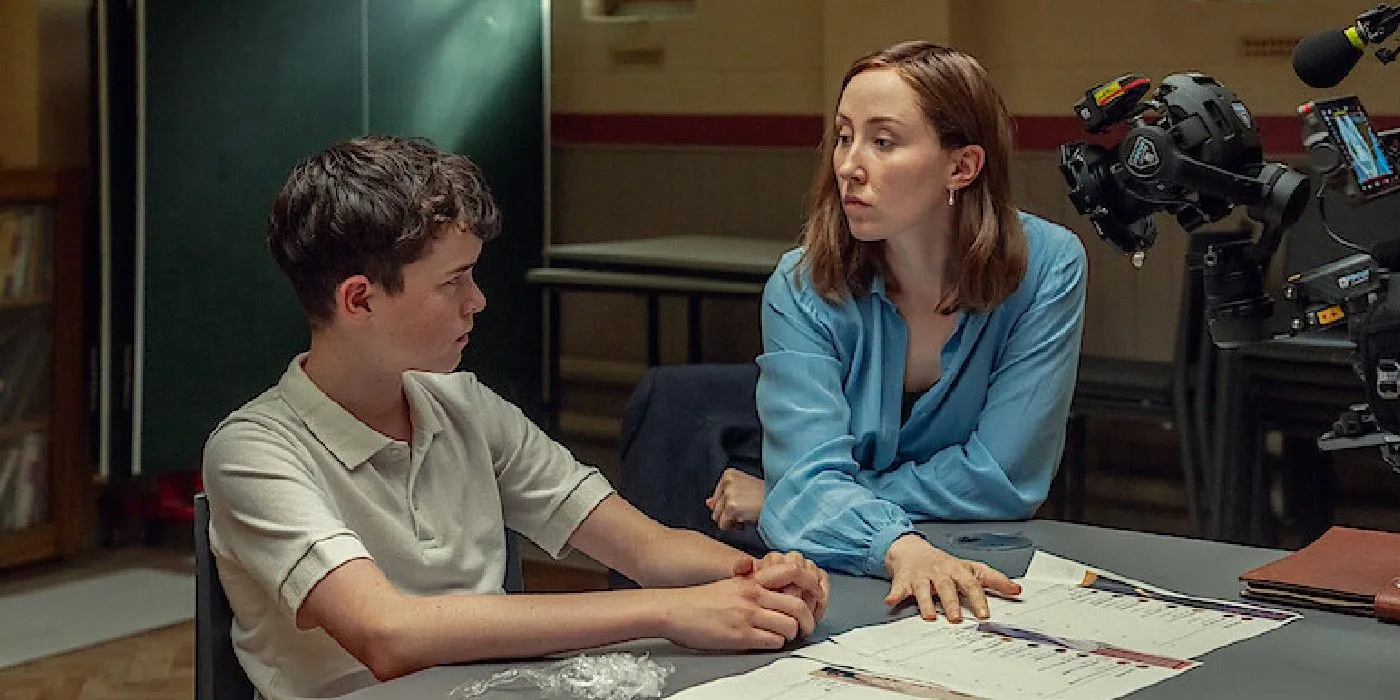
While Adolescence does examine the complexities of young masculinity, Maloney believes it transcends the confines of online narratives. He explains, “The outcomes we observe, such as misogyny and extremist views, often stem from anxieties faced by young individuals during their transition to adulthood.”
These pressures are exacerbated by unattainable traditional masculine ideals and significant socioeconomic challenges. Maloney highlights a troubling reality: the decline of secure career opportunities and the struggle to foster meaningful relationships contribute to a young person’s vulnerability. Although social media plays a role, Maloney asserts that these broader issues have been escalating for decades in societies like the UK and America.
In this context, the allure of incel culture provides a simplified worldview, offering adherents a narrative of certainty amidst chaos. “They exploit these insecurities,” Maloney states, suggesting that such ideologies are attractive because they present a clear picture of good versus evil that mainstream society struggles to counter.
The Evolution of Misogyny: From Hollywood to Online Culture
Enduring Misogyny: A Historical Perspective
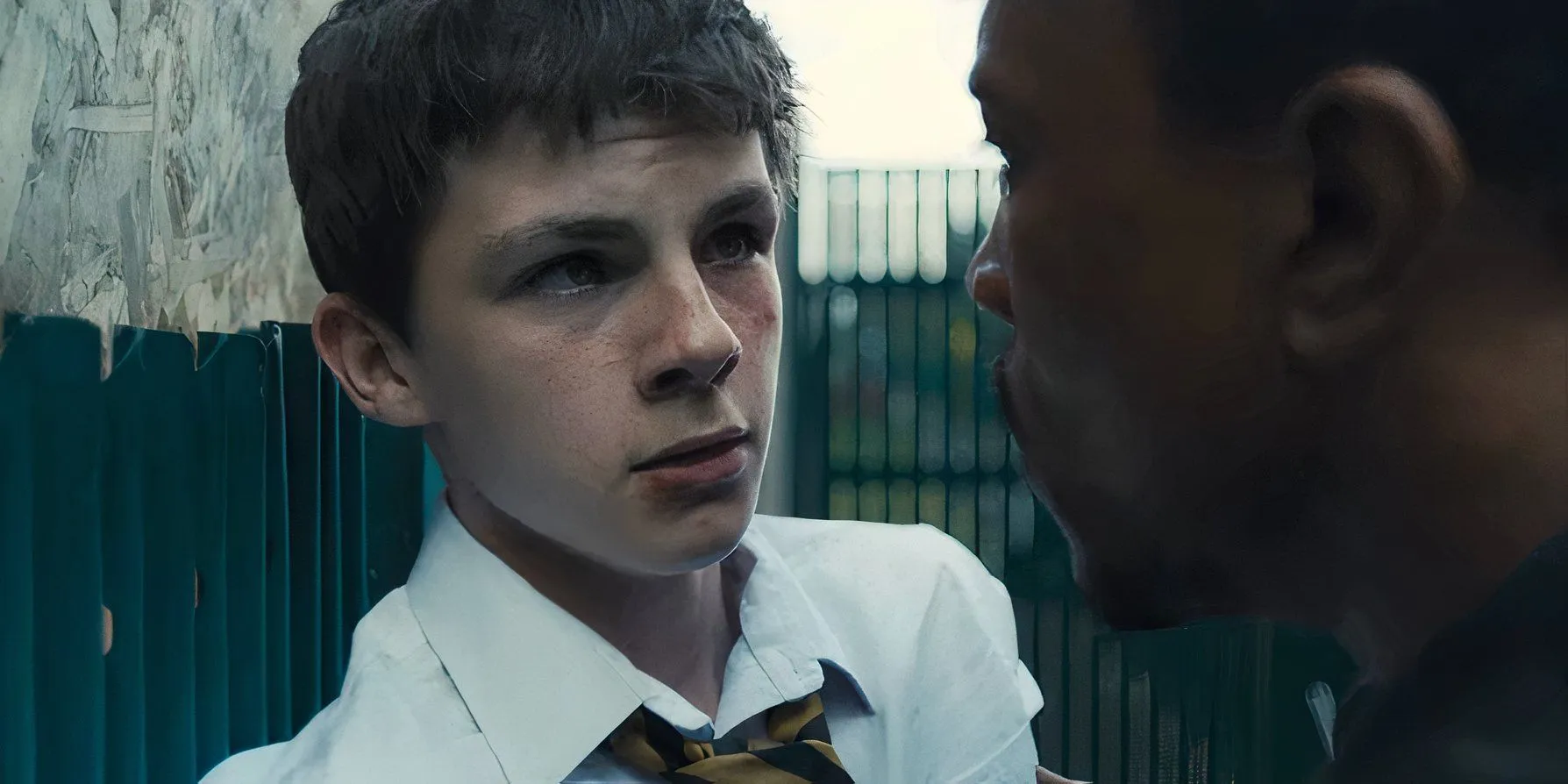
Dr. Maloney also addresses the historical context of misogyny, noting its transition from Hollywood to online platforms. Reflecting on the themes of early 2000s films, he mentions how casual misogyny used to be widely accepted. He points to the romantic comedy The Ugly Truth, suggesting that it featured stereotypes and ideals that resonate with today’s misogynistic rhetoric.
“Characters like the one played by Gerard Butler exemplified a problematic charm that modern society may no longer tolerate,” Maloney observes, indicating that the ingrained misogyny has only morphed into new forms instead of disappearing entirely. He stresses that such attitudes persist in cultural undercurrents, even if they are less visible in mainstream media.
Understanding Social Isolation: Beyond Digital Blame
A Historical Lens on Male Loneliness
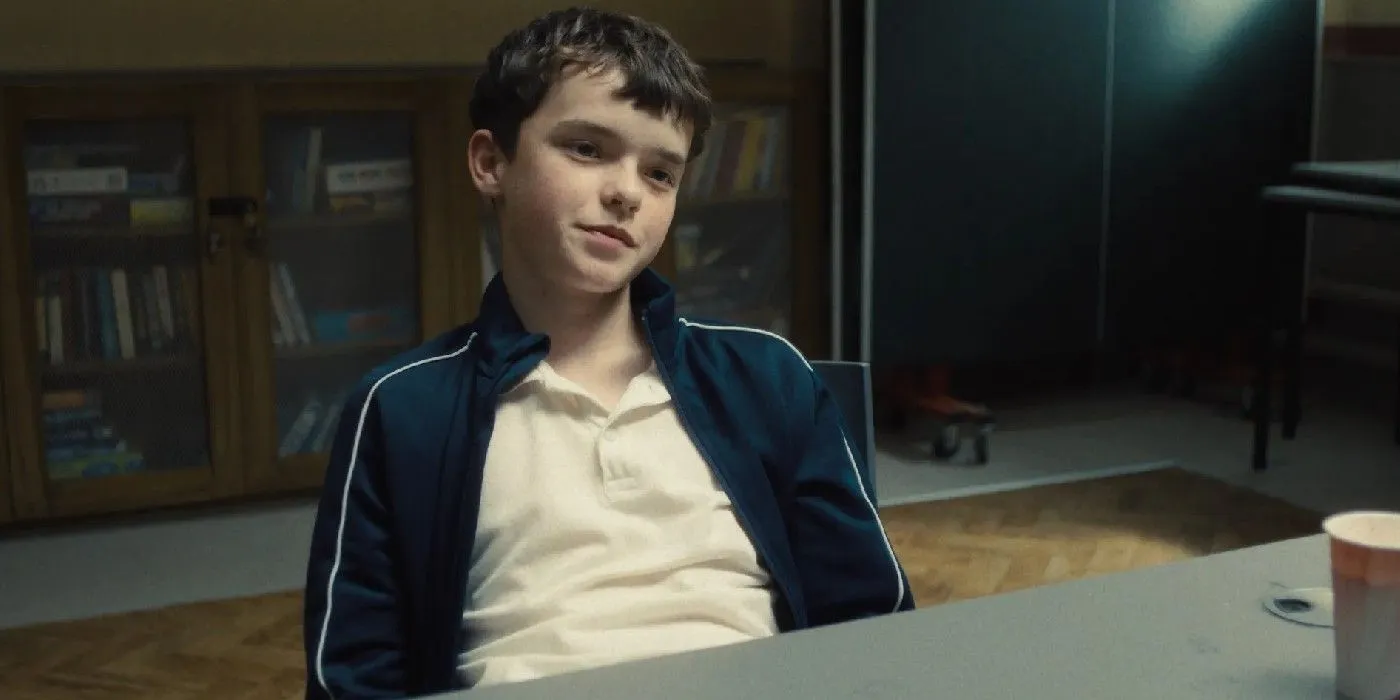
Isolation remains a critical issue affecting young men, particularly magnified by the COVID-19 pandemic. The phrase “male loneliness epidemic”has gained traction in recent discourse, yet Dr. Maloney points out that these feelings stem from long-standing societal shifts predating the internet.
He argues that economic policies since the 1980s have contributed significantly to community breakdown in countries like the UK and the US, creating a vacuum that social media and online forums have filled. “Margaret Thatcher’s assertion that ‘There is no such thing as society’ encapsulates the decline of communal ties,” he states.
Moreover, studies show that young men are often less likely to engage in emotional connections, leading to higher rates of loneliness, further illustrating how traditional masculine norms hinder vulnerability. Jamie, for example, embodies the struggle of understanding and expressing emotions, a reality many young men face.
Examining Family Dynamics: The Role of Jamie’s Father
A Closer Look at Jamie’s Parental Relationships

Dr. Maloney draws attention to the significant but complex role of Jamie’s father within the narrative. Contrary to typical depictions of parental figures, Jamie’s father, played by Stephen Graham, is portrayed as a flawed yet present figure. “Rather than a villain, he’s an unhappy working-class man who channels his disappointments into his relationship with Jamie,” Maloney explains.
This dynamic becomes noteworthy as Maloney suggests that Jamie’s mother takes a more passive role, inadvertently affecting Jamie’s development and emotional learning. He notes that Jamie’s lack of female friendships raises questions about the gendered expectations placed on his upbringing and emotional life.
The Need for Diverse Perspectives: Critique of Katie’s Characterization
A Call for Broader Narrative Representation

A significant point of contention among critics is the limited portrayal of Katie, the murder victim. Dr. Maloney expressed his understanding of this critique, acknowledging its validity while also recognizing it as a creative choice by the show’s creators. “It will be fascinating to hear the creators’ reasoning behind this decision,” he remarked.
“As an artwork, it’s essential to consider its holistic structure rather than critiquing isolated aspects. However, I truly recognize the merits of such criticism.”
Regarding the potential for a sequel that might explore Katie’s perspective, Maloney voiced reservations about the risks of declining quality common in sequels, humorously referring to the prospect of an “Adolescence Cinematic Universe” as an unsettling thought.
All four episodes of Adolescence are currently available for streaming on Netflix.
